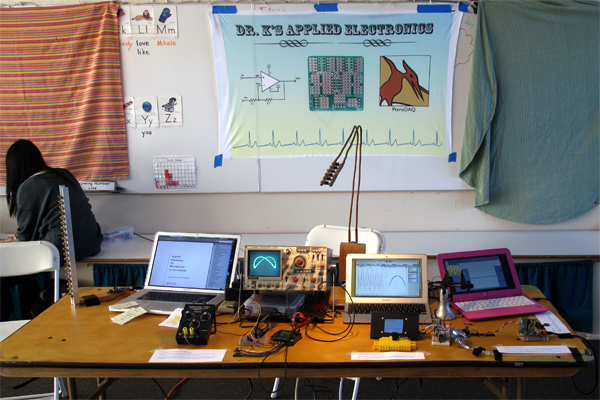I’ve finally finished my grading for Winter 2020. It took me longer than usual—about 2 hours per paper. Partly this was because I had some trouble focusing on work with all the COVID-19 news, partly it was because I kept getting distracted by undergrad-director duties (cancelling lab courses for next quarter and trying to get two additional courses funded and staffed with TAs), and partly it was an attempt to give the students more thorough feedback than usual, because some of them will not be taking the second half of the course.
We decided that any student who is graduating in Spring 2020 can petition to replace a cancelled lab course (like the second half of my course) with a different course that they can take (or have taken). Reading those petitions has been one of the undergrad-director duties that has been taking up my time. So far, most of the petitions have been acceptable—students have given pedagogic justifications for their choices that made the substitutions reasonable, even if not covering the skills that the cancelled course would have taught. In a few cases, I’ve suggested that students revise their petitions, particularly when they’ve proposed replacing a 5-unit course with a 3-unit one.
I also ended up letting 17 of the 50 students in my course switch from graded to pass/no-pass, which is not usually something faculty can offer. Because Winter 2020 was such a disaster at UCSC (between the wildcat strike and the COVID-19 shutdown), faculty are allowed to assign P/NP grades this quarter, even if students didn’t sign up for them. The programs in the Baskin School of Engineering usually require that all courses in the major be taken for a grade, but the BENG/BINF/BMEB majors are being allowed to have P/NP grades for Fall 2019 and Winter 2020 even in major courses. I let the students choose whether they wanted the grade they earned or a P/NP for my course, though they only had about 3 hours to make up their minds.
The grades were lower than usual this quarter, even after I lowered the cutoffs for each grade. Because the quarter was so stressful for students, I lowered the cutoffs much more than I usually would have. This may come back to bite me in the fall, as there were three students who were not really doing passing work (should have gotten C-), who I passed anyway. If they have the same sloppy approach to their work in the Fall, they will not pass BME 51B, causing their lab partners and me a lot of grief in the process.
In some ways the reports this year were better than previous years—there were fewer incorrect symbols for the NPN phototransistor and the bandpass filters were generally ok. But in some ways they were worse—there were only a few students who understood what the log-transimpedance amplifier did and reported its gain correctly, and there were many who had inconsistent component values in different schematics or between the schematic and the main body of the report. A lot of students keep making the same mistakes in report after report—apparently they never read the feedback I spend hours giving them or ignore it as unrelated to anything they do.
The writing quality remains mostly bad—though perhaps that is not so unusual for this point of the course—I think that the second quarter of the course is when most of the students begin to pay attention to the writing feedback and working on improving their writing. There were a few students whose writing was ok on the Lab 6 reports, though nothing extraordinarily good.
One thing I’ve noticed every year in the pulse-monitor lab is that a lot of students attribute the 60Hz noise to the fluorescent lighting or to electromagnetic interference, rather than capacitive coupling. But no one has done any tests to see which was the true source. I should do some tests (black out the phototransistor with electrical tape, but keep my finger on it vs. expose phototransistor to fluorescent light with no capacitive source nearby, contrast the fluorescent light to steady light, …).
One problem will be finding old-fashioned 60Hz fluorescent lights at home—I don’t know that we have any left, as I’ve replaced all the oldest fixtures with LED lights. We still have some compact fluorescent bulbs, but they generally have high-frequency electronic ballasts to avoid the 60Hz flicker.I might have to sneak into my office at work to do the tests, if all the lights at home have higher-frequency modulation.
I may also have to do tests with a normal transimpedance amplifier, rather than a logarithmic one, as I want to see the fluctuating current added to the DC light value, rather than looking at ratios of current as we do for looking at the opacity of the finger. A fixed additional current would result in very different voltage fluctuations with different DC light levels, if I used the log-transimpedance amplifier.













